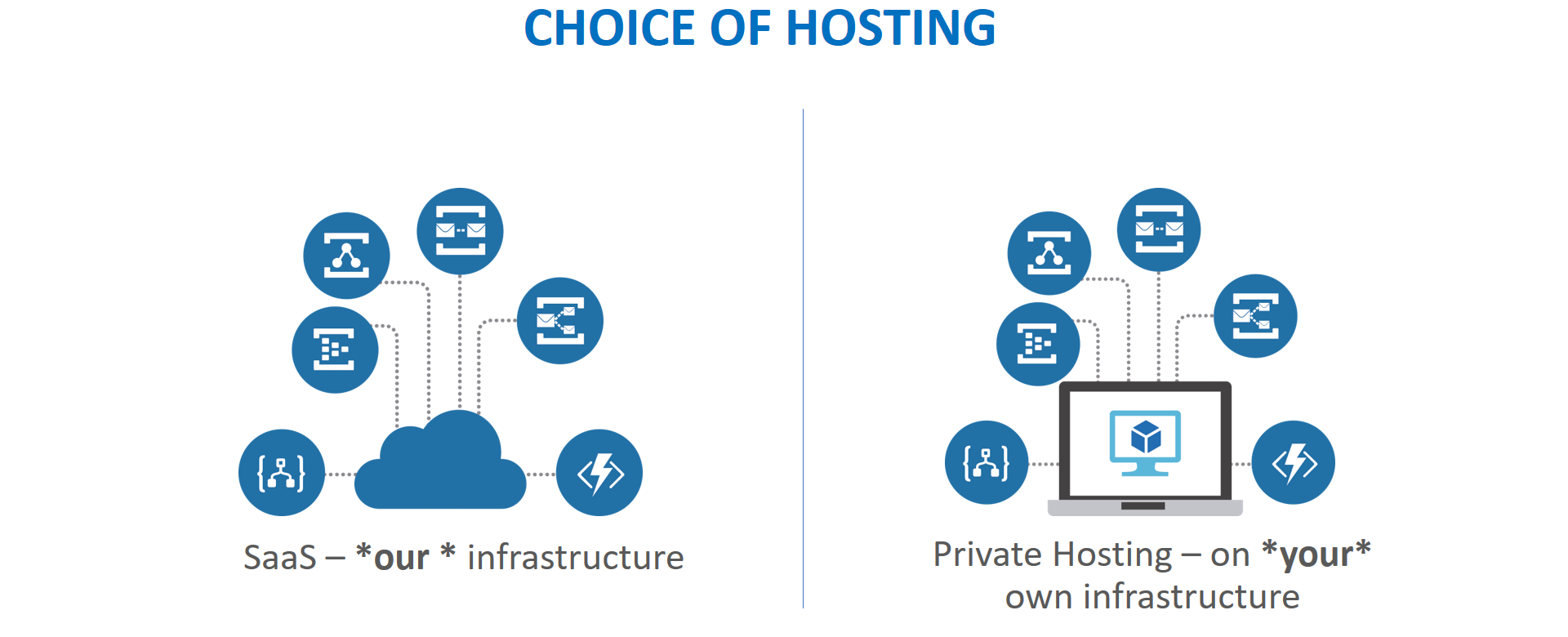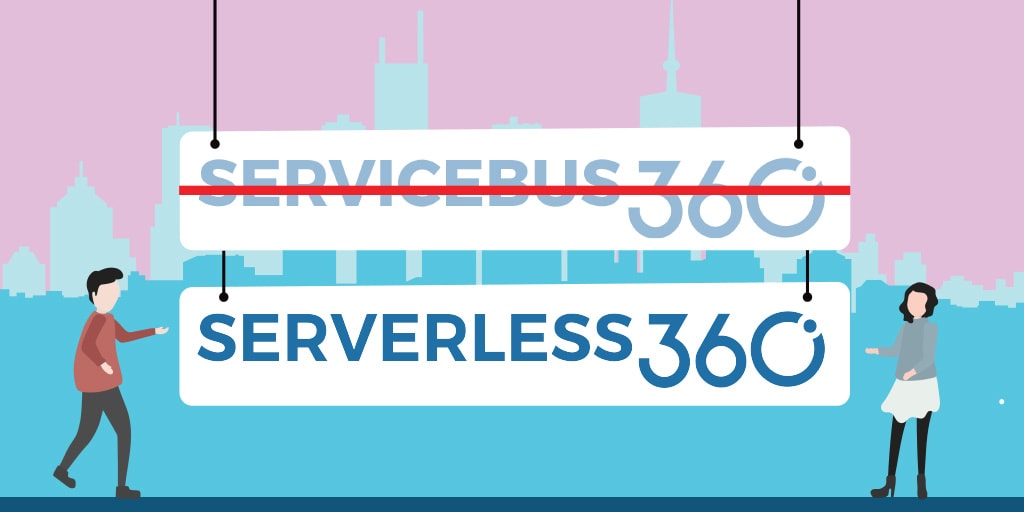Bright sunshine and the temperature hovering at mid-60’s marks a typical English summer and we are gathering for yet another year at London to mark the history-making event INTEGRATE2018. Integration experts participate in this mega conference to get up to speed on the Microsoft integration technologies and to synchronize their vision and roadmap with Microsoft Product group. With over 400 participants, this year marks the highest turnaround for this event. It’s quite amazing to see the response year after year for this event and the amount of hope the folks in the Microsoft Integration Community have on INTEGRATE. After an exciting Day 1 at INTEGRATE 2018 with loads of valuable content from the Microsoft Pro Integration team, it was time to get started with Day 2 at INTEGRATE 2018.
Once the sessions from Microsoft Product team are done, Saravana kicked off proceedings by setting the scene and giving us an indication of how BizTalk360 and Turbo360 solve integration challenges.
Serverless Computing
A lot of time the architects and developer’s teams spend their time on building and deploying great applications and spends very little time managing servers. Serverless computing lets you do just that because the infrastructure you need to run and scale your apps is managed for you. Serverless computing is the abstraction of servers, infrastructure, and operating systems. When you build Serverless apps you do not need to provision and manage any servers, so you can take your mind off the infrastructure concerns. Serverless computing is driven by the reaction to events and triggers happening in near-real-time in the cloud. As a fully managed service, server management and capacity planning are invisible to the developer and billing is based just on resources consumed or the actual time your code is running.
Benefit from a complete Serverless platform includes improving developer productivity when there are no servers to manage by the developers, focus on business goals without any scalability issues and build intelligent apps.
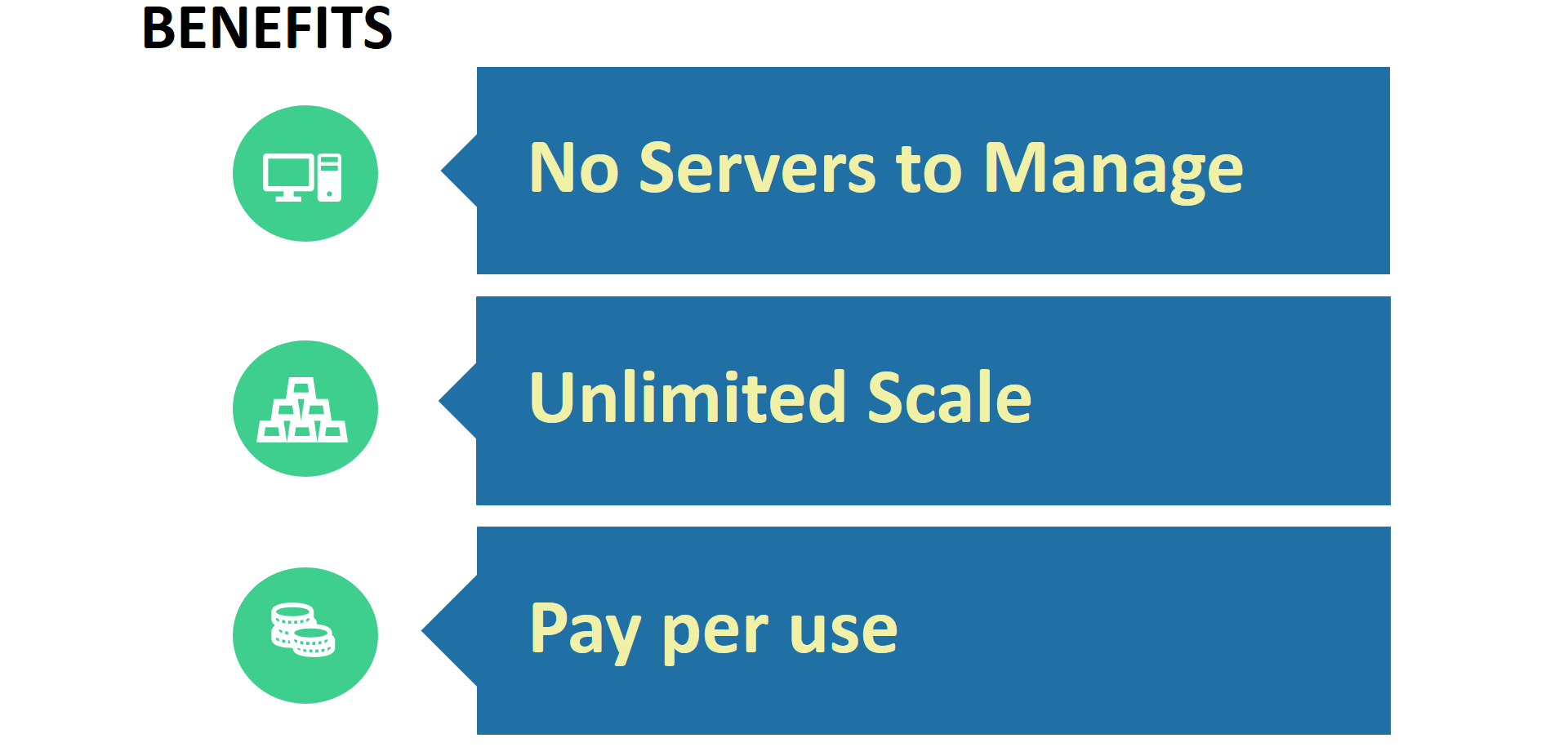
Technologies on silo have a little value
Today pretty much every organization embrace the power and ease of cloud computing. If you are building an enterprise application today on Microsoft Azure Platform for Serverless integration, you have about 8 different services to choose from:
- Event Grid
- Functions
- Logic Apps
- API Management
- Queues
- Topics
- Relays
- Event Hubs
All these technologies have little value when used as in individual silos. The power comes once they are put together to solve a REAL complex problem. Business from large enterprises to start-ups uses distributed services that constitute a line of business application in their integration solution architecture. And, Serverless management and monitoring become extremely challenging on these integration applications.
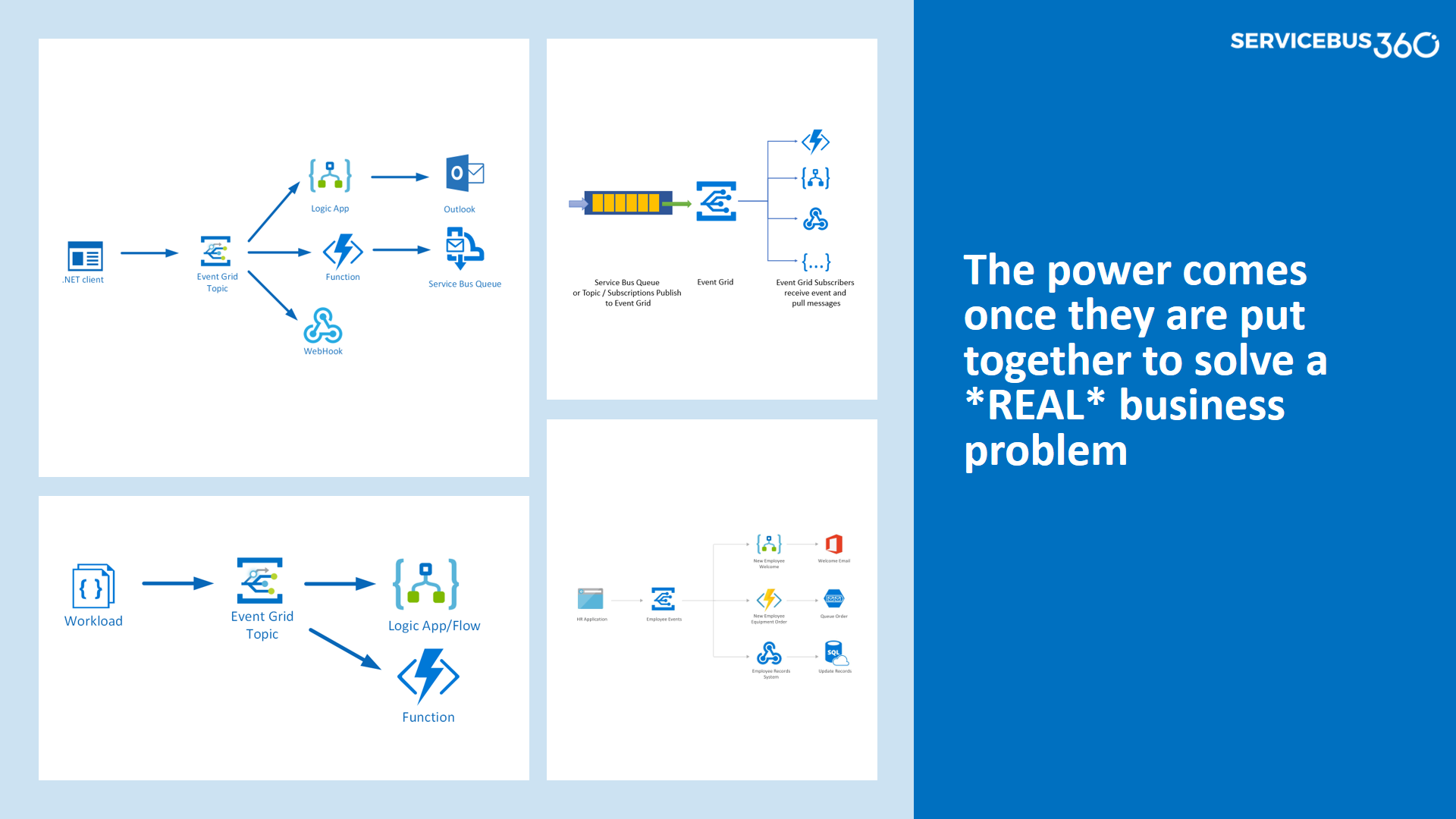
The Azure Management Portal is one big hunk that does everything, we have seen business face problems to give permission to their operations people for the production subscriptions since it’s so hard to set the correct level of permissions to relevant teams (even though the role-based access is very matured in Azure Portal). Every day there are some new changes happening in Azure and it’s so difficult to keep up with operation boundaries.
Another big challenge with the Azure Management Portal is that it is designed in independent technology silos. It’s not designed in a way to manage a single distributed application that to spans multiple services.

Introducing Turbo360
Turbo360 is built in such a way that Azure Serverless monitoring and management of the entire solution is made possible (Functions, Event Grid, Logic Apps, Service Bus, API Management etc) effortlessly. This is what we call “Composite Applications”. With the concept of Composite Applications, you can easily group your Azure Services that make up your integration solution and manage them effectively. We know we have come a long way from managing only Service Bus to manage a complete Serverless integration solution. From INTEGRATE2018 we are positioning ServiceBus360 as Turbo360 which will send a clear message to our customers about our vision and roadmap for solving Serverless integration challenges.
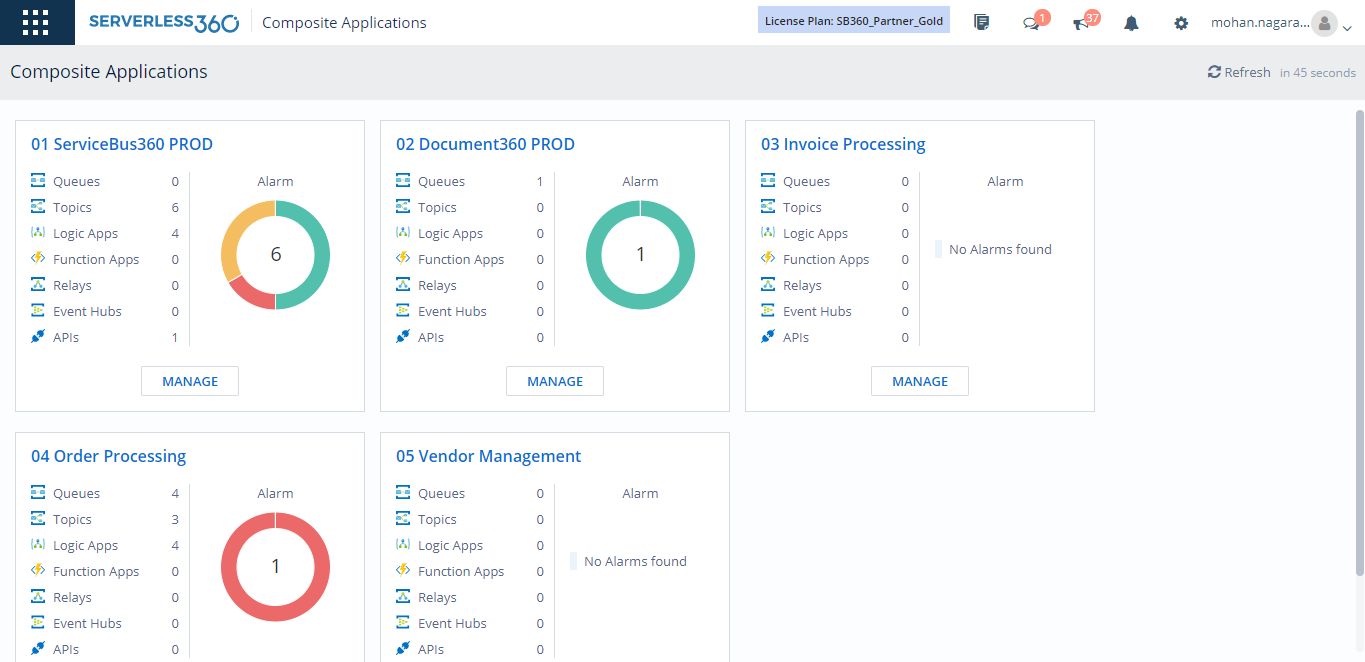
Manage Serverless Applications
Manageability is one of the key challenges in going down the Serverless route. If you are building a single monolithic application, it’s easy to manage and maintain. You will have matured DevOps practices to run the application, matured CI/CD practices to take the code from development to production, whereas if you have 100’s of small Serverless discrete pieces of functionality spread across all over the place, the managing and operating that solution becomes extremely complex.
Deep tooling support for Serverless Application
While building complex hybrid integration solutions, at some point in time you get the feeling that the tooling experience is complex in the Azure portal. Users may be required to perform frequent operations like CRUD operations on entities, resubmit messages, Repair & Resubmit or Delete messages, modify message ID while resubmission to Duplicate Detection Enabled entity, send messages/events, or purge messages etc. If the tooling is too complex, you will find it difficult to manage the integration solution effectively.

Monitoring Serverless Applications
When comes to Azure Serverless monitoring on distributed services, organizations invest their time and resources to build custom monitoring solutions. This takes a hit on the productivity of the resources. The Azure portal comes with inbuilt monitoring, but users are forced to configure monitoring for each individual service. Turbo360 provides you a simple monitoring solution to do consolidate monitoring for your complex hybrid Serverless integration solution.
Security & Governance for Serverless Applications
Security & Governance for Serverless Applications is an important feature for the administrators who find it very difficult to set the right permissions at the team level in the Azure Portal. For individual access (role-based), Azure Portal works a charm! Moreover, if the horizon of the integration solution expands into more additional services, it becomes very difficult for administrators to manage user security. With Serverless you can secure user access at the application level (not on individual entities) and get information on the four W’s—who accessed what, from where, and when.
Choice of Hosting
Turbo360 is available in 2 versions, either you can host the application in your infrastructure (Private Hosting) or we host the application in our infrastructure (SaaS) and you pay on the go only for what you use.
